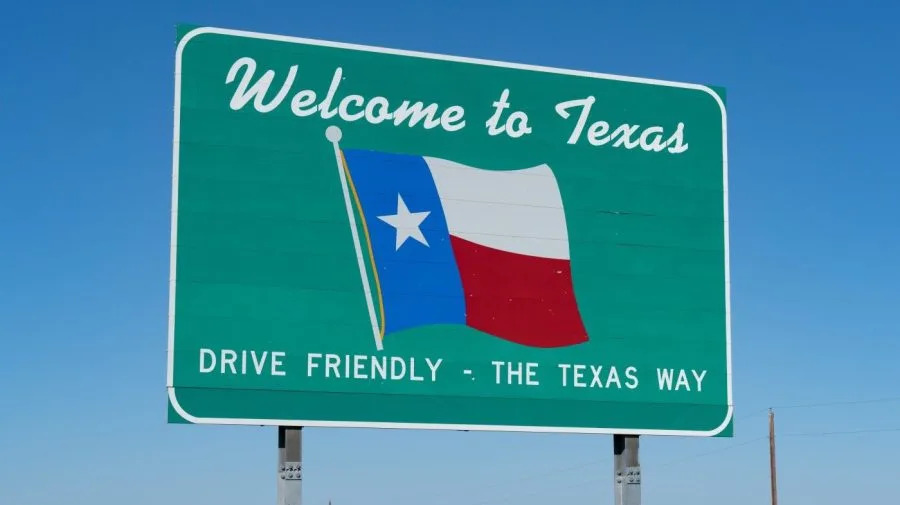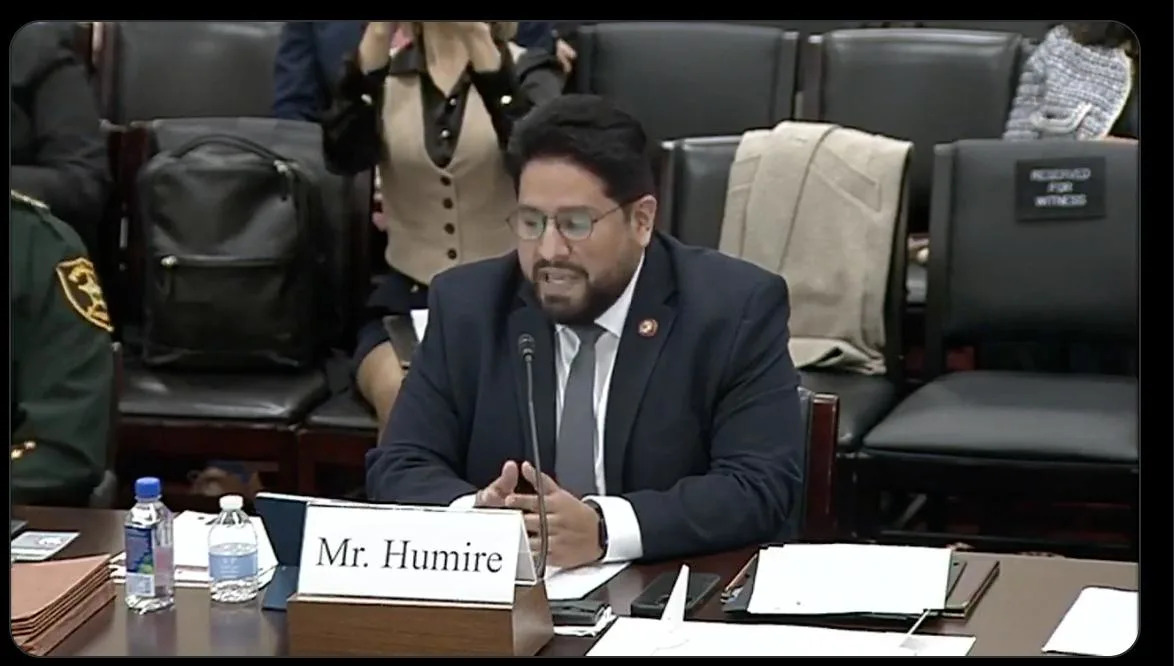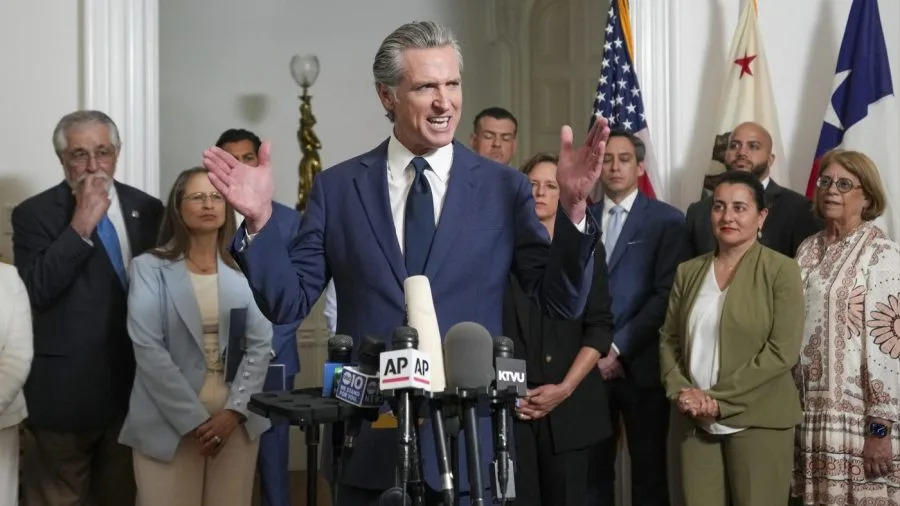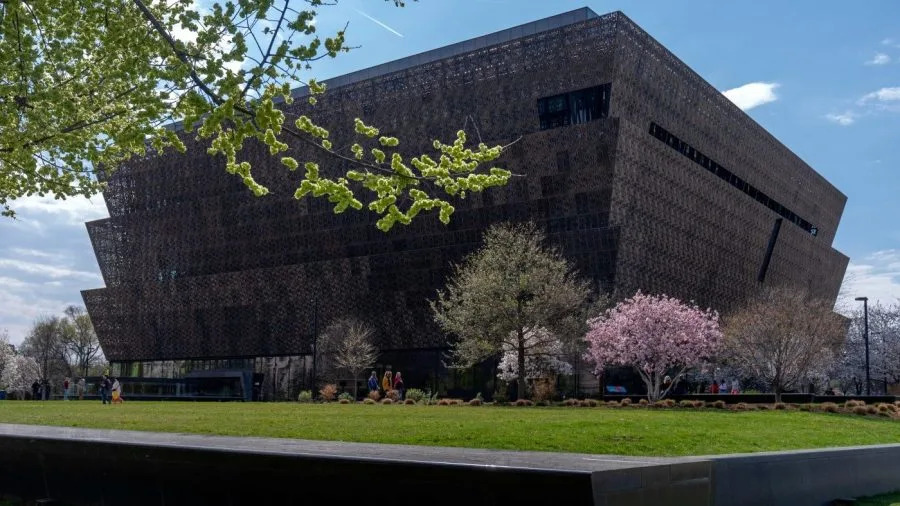
The possibility of Texas and other like-minded states redistricting their congressional districts has captured national political attention. Gerrymandering has been a long-term controversy among the various states. Courts have also tried to exert their own political imprint upon the process.
There is, however, a looming possibility involving the Lone Star State that is not often discussed, but could have far larger political consequences.
When Texas was admitted to the Union in 1845, one of the unusual concessions was a condition that allows the state to split into additional states. So even though Democrats have heralded the possibility of adding the District of Columbia and Puerto Rico as states in order to increase the number of Democrats in Congress, few Texans realize that they have an exceptional power that could more radically reshape American politics than any amount of House redistricting.
John “Cactus Jack” Garner — vice president under Franklin D. Roosevelt from 1933 to 1941 and former Speaker of the House — declared in 1932 that “an area twice as large and rapidly becoming as populous as New England should have at least 10 senators, and the only way we can get them is to make five states — not five small states, mind you, but five great states.”
Garner’s exceptional vision is consistent with the big visions of Texans, and political leaders in Texas have regularly appealed to this political right of division.
Past proponents of this idea look to the text of the 1845 congressional resolution annexing Texas: “New States of convenient size not exceeding four in number, in addition to said State of Texas and having sufficient population, may, hereafter by the consent of said State, be formed out of the territory thereof, which shall be entitled to admission under the provisions of the Federal Constitution.”
In 1847, Texas Gov. Isaac Van Zandt ran on the promise of dividing Texas into at least four states. Had he not died of yellow fever prior to taking office, his desire would likely have been realized.
In 1868, west Texans opposed to slavery and in favor of equal rights for former Black slaves wrote and proposed their own constitution, attesting to such as view and nearly adopting it at a constitutional convention in Texas.
Republicans hold the presidency and Congress, plus the Texas governorship and both houses of the state legislature. This opens the door to a political Pandora’s box that could change the U.S. Senate for decades. If Texas were to split into five states, eight senators could be added. A careful drawing of the new maps would allow a strong majority of those senators to end up on the right side of the aisle.
Nate Silver contemplated the ramifications of this possibility in 2009, creating a design that might leave the balance at six senators for Republicans and four for Democrats.
Much has changed in Texas since 2009. Most importantly, the “El Norte” region as imagined by Silver — just north of the Rio Grande — has turned decisively in Republicans’ favor. The region is a telling snapshot of the Democratic Party’s implosion among Hispanics. The map drawn by Silver in today’s Texas could easily render an eight-to-two or even nine-to-one advantage for Republicans.
Of course, Silver would not be the one drawing the boundaries for five new states, Texas Republicans would. And it is not impossible to draw a map ending in a Republican sweep of all 10 Senate seats — and it is easy to envision a net gain of six.
Whether Gov. Greg Abbott’s (R) U.S. House redistricting scheme succeeds or fails, he might want to look at the larger options. Dislodging the current log-jam in the U.S. Senate could remove obstacles surrounding executive appointments and a wider array of budget impasses common to Congress.
So yes — Republicans should consider “messing with Texas.”
Dr. Ben Voth is professor of rhetoric and director of debate at Southern Methodist University in Dallas, Texas. He is the author of seven academic books, including “Political Campaign Communication, 10th Edition” (2024) and “Social Fragmentation and the Decline of American Democracy” (2017).
Copyright 2025 Nexstar Media, Inc. All rights reserved. This material may not be published, broadcast, rewritten, or redistributed.
For the latest news, weather, sports, and streaming video, head to The Hill.








Comments